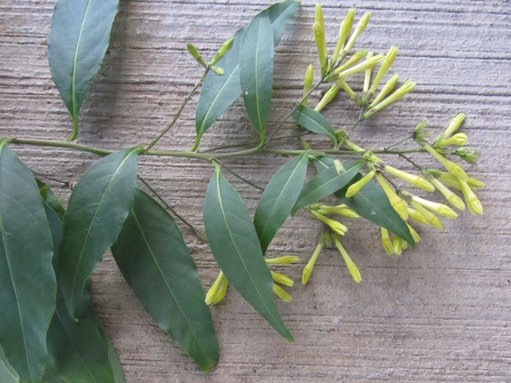Created on: Wednesday, May 18th, 2016
The following webpages were consulted for this screen: Tropicos: http://www.tropicos.org/Name/29602399; GBIF: http://www.gbif.org/species/8137009; GRIN: https://npgsweb.ars-grin.gov/gringlobal/taxonomydetail.aspx?id=9998; The Plant List: http://www.theplantlist.org/tpl/record/kew-2713698; USDA PLANTS: http://plants.usda.gov/core/profile?symbol=CEPA9; EOL: http://www.eol.org/pages/581102/overview; Weeds of Australia: http://keyserver.lucidcentral.org/weeds/data/media/Html/cestrum_parqui.htm; CNPLX: http://www.cnplx.info/nplx/species?taxon=Cestrum+parqui; Victoria Resources Online: http://vro.agriculture.vic.gov.au/dpi/vro/vrosite.nsf/pages/impact_chile... http://agriculture.vic.gov.au/agriculture/pests-diseases-and-weeds/weeds... ISSG: http://www.iucngisd.org/gisd/species.php?sc=850; http://issg.org/database/species/ecology.asp?si=850&fr=1&sts=sss; Save our Waterways: http://www.saveourwaterwaysnow.com.au/01_cms/details_pop.asp?ID=344; PIER: http://www.hear.org/pier/wra/australia/cepar-wra.htm; APHIS WRA: https://www.aphis.usda.gov/plant_health/plant_pest_info/weeds/downloads/... Yarra Ranges (congener): http://www.yarraranges.vic.gov.au/files/assets/public/webdocuments/envir... CABI (congener): http://www.cabi.org/isc/datasheet/12031
Reviewed by Eric Wrubel, Gina Darin, and Elizabeth Brusati.
- < 13 : accept (low risk of invasiveness)
- 13 - 15 : evaluate further
- > 15 : reject (high risk of invasiveness)

